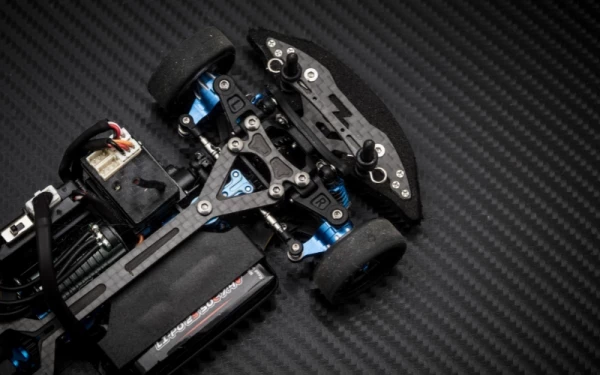Q&A: Dr Thomas Maier-Komor, Head of Functional Safety Processes for Motorcycles at BMW AG
Add bookmarkAs part of its Safety and Security Series, Automotive IQ's ISO 26262 Improving Safety of Advanced Mobility conference aimed to advance individual and collective understanding of the ever-expanding challenges of functional safety within the automotive industry.
One of the conference's guest speakers was Dr Thomas Maier-Komor. He is both head of functional safety processes for motorcycles for BMW AG and head of the German delegation to ISO 26262 Part 12. As his work concerns the safety of motorcycles, we were keen to learn of the key differences between two wheels and four, and how that will play out in the future:
What are the key differences in functional safety development for motorcycles versus cars?
The key differences of functional safety development for motorcycles are complementary concepts such as the definition of expert riders and a controllability classification panel, which provide infrastructure for evaluating specific situations and usage scenarios. Additionally, the hazard analysis and risk assessment (HARA) for motorcycles provides a motorcycle safety integrity level (MSIL) in contrast to the one for cars, which directly yields a automotive safety integrity level (ASIL).
Apart from that, functional safety development for motorcycles follows the same concepts and processes as for cars, but there are slightly different recommendations regarding individual requirements. Also sizes of organizations, departments, budget, system architectures, and vehicle requirements have differences that have an impact on functional safety implementation and processes.
What implications does it have for HARA?
The HARA must take into account motorcycle dynamics, impact of rider behavior, and extended use cases that differ from the ones for passenger cars. Therefore, HARA requires input from expert riders and the controllability classification panel for the evaluation of individual situations. Apart from that the HARA is performed in the same way as for cars, but ultimately the items are assessed with an MSIL level instead of an ASIL level. The MSIL level is translated to an ASIL level by lowering the level by one. Crucial for performing the HARA is detailed knowledge about how motorcycles are being used and motorcycle dynamics in general.
Do the safety processes differ across different motorcycle classes?
Different motorcycle classes may have different usage scenarios and also different ratios among all use cases. Nevertheless, development of safety features is usually performed for a variety of vehicles together, so that costs can be shared among those projects. Therefore, the worst-case vehicle classes dominate the ratings of use cases in the HARA, and are also being used for validating safety concepts. On the other hand, there might be functions that are specific to a class of motorcycles.
Ultimately, functions of the same ASIL rating are implemented following the same safety process across all motorcycle classes.
What is the one most significant risk assessment challenge for motorcycles?
Getting reliable statistics that provide evidence for probability of exposure is one of the big challenges. Also, evaluating the controllability of certain situations can prove difficult. But the most significant challenges are related to overlooking relevant situations such as extended use cases or making invalid assumptions. Therefore, it is very important to validate all assumptions and to perform tests that support controllability assessments.
- For information on all of our forthcoming conferences, check out the Events page.


























